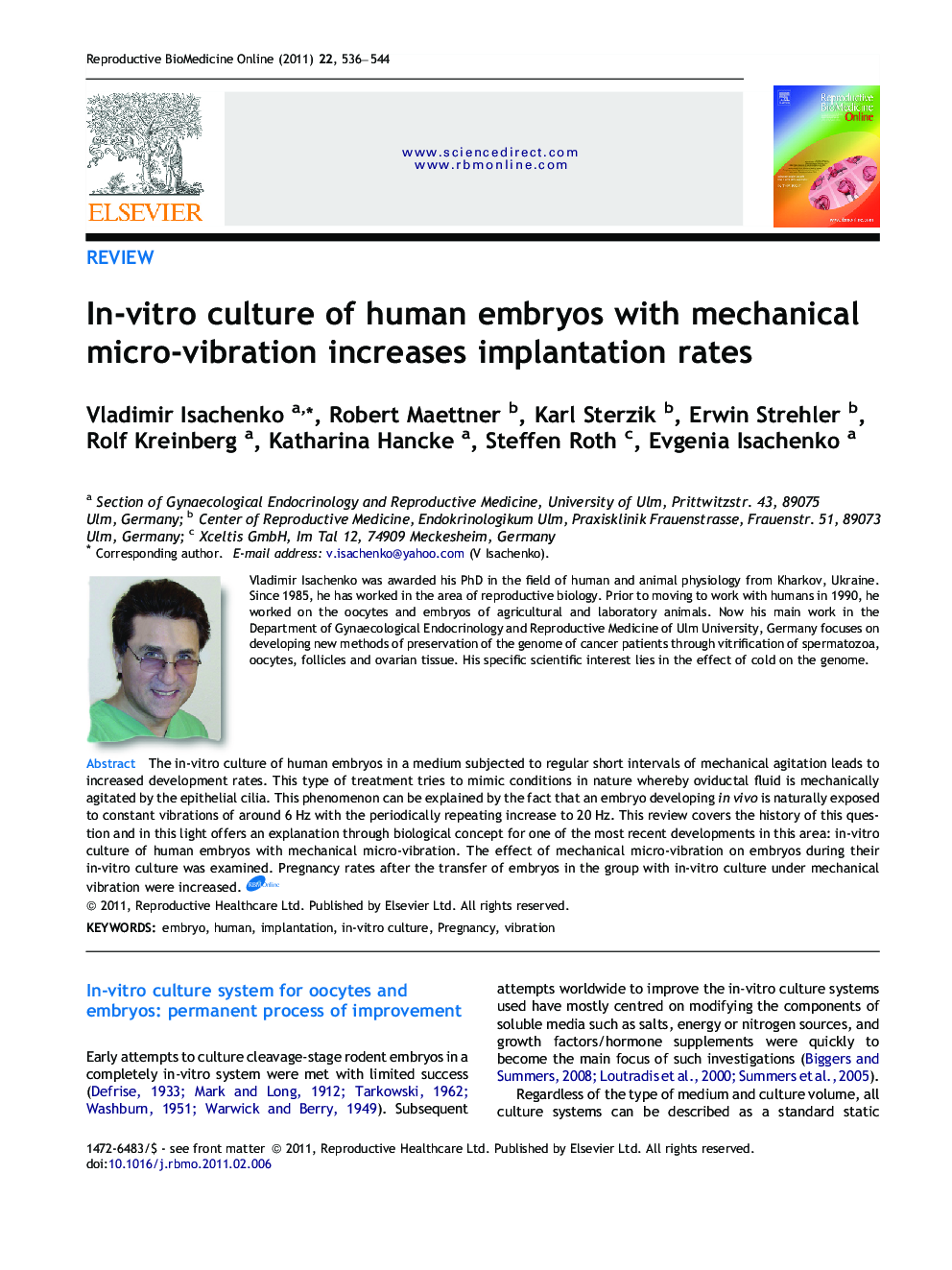| Article ID | Journal | Published Year | Pages | File Type |
|---|---|---|---|---|
| 3971291 | Reproductive BioMedicine Online | 2011 | 9 Pages |
The in-vitro culture of human embryos in a medium subjected to regular short intervals of mechanical agitation leads to increased development rates. This type of treatment tries to mimic conditions in nature whereby oviductal fluid is mechanically agitated by the epithelial cilia. This phenomenon can be explained by the fact that an embryo developing in vivo is naturally exposed to constant vibrations of around 6 Hz with the periodically repeating increase to 20 Hz. This review covers the history of this question and in this light offers an explanation through biological concept for one of the most recent developments in this area: in-vitro culture of human embryos with mechanical micro-vibration. The effect of mechanical micro-vibration on embryos during their in-vitro culture was examined. Pregnancy rates after the transfer of embryos in the group with in-vitro culture under mechanical vibration were increased.
